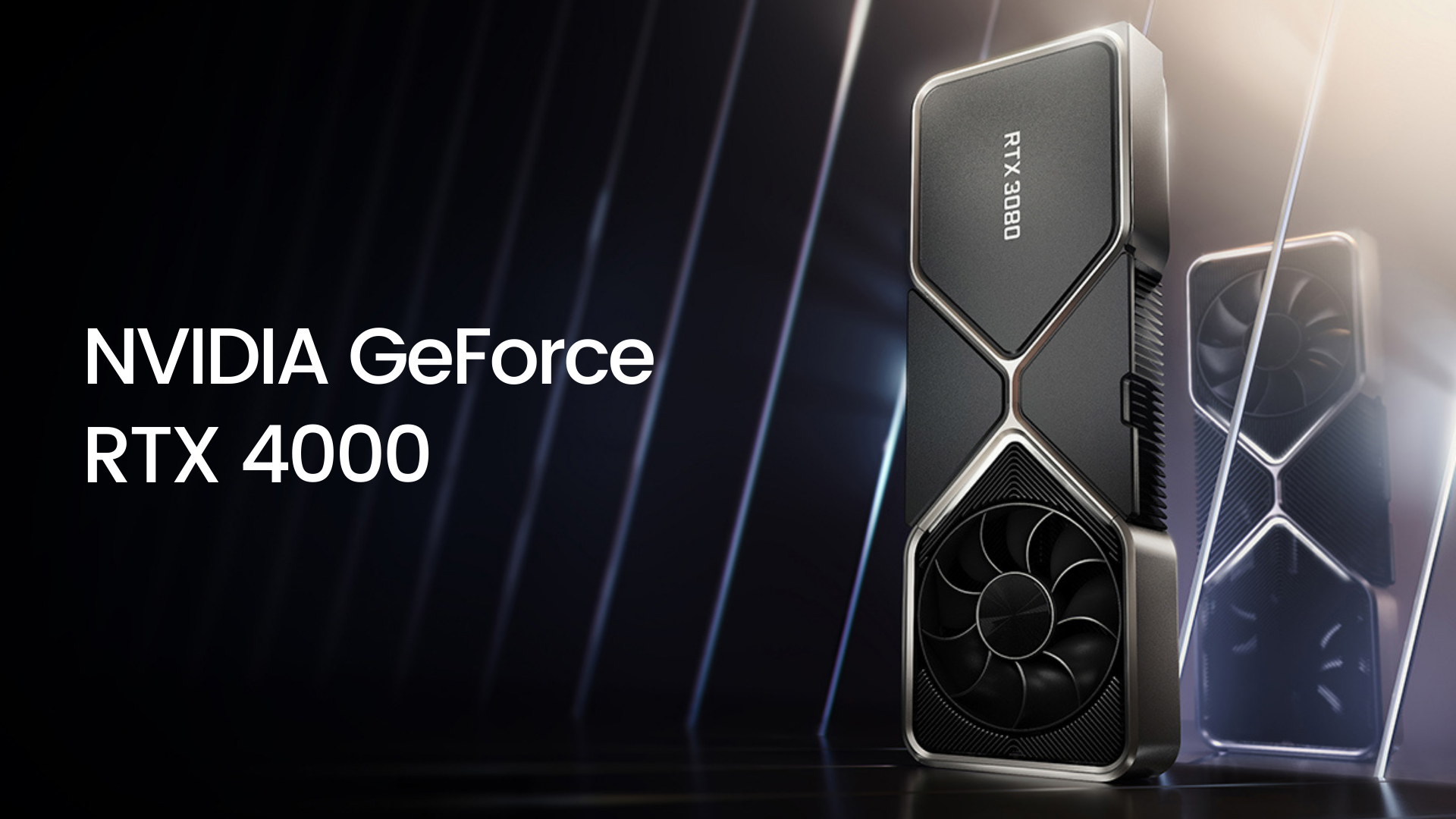When the 3000 series was first launched it seemed like it was really going to be the perfect time to upgrade for most PC enthusiasts. Nvidia’s new line of graphics cards ran the gamut from decent-but-affordable to powerful-for-a-premium. In other words, if you were in the market at all, odds were one of these cards would fall right in the sweet spot of what you were after and what your budget allowed. There was just one problem. You couldn’t get your hands on them. When the 3000 cards launched, they were gobbled up instantly by resellers. And by miners. Yep. Because as perfect as these graphics cards were for gamers and PC users, they were also the perfect tools for upgrading crypto mining rigs. Along with supply chain issues, price gouging, and stock limitations from the outset, those who wanted to get their hands on these cards were faced with either paying extortionary costs or waiting ages. Often both.
So when the 4000 series was announced, it seemed like a saving grace for PC-builders. Not only were these cards rumored to be a meaningful step up from the previous generation, but consumers were also hopeful that the downturn in the crypto market would mean not only that the sticker prices were at least as reasonable as the 3000 series, but also that you would actually be able to pay the sticker price directly to a retailer and not some massively inflated price to a price gouger. Of course, as anyone who has been paying any attention at all knows, these rumors didn’t exactly pan out. Far from it. What actually happened is that Nvidia revealed their 4000 series cards to a somewhat lukewarm reception. Not only, upon closer inspection, did it seem like their reported figures and comparisons were made using niche scenarios with testing conditions that were specifically favorable to Nvidia’s new cards, but also the prices of these cards were outrageous from the get-go. No price-gougers required.
Further, it seemed like Nvidia was trying to pull a fast one on consumers by messing about with their own naming convention, and releasing a “version” of the 4080 that really should have just been called a 4070. Not to mention that these new cards are huge and require lots of power. It was as if Nvidia didn’t actually make meaningful strides in the technology before unveiling the new cards, rather that they just slapped two 3090s together and called it a 4090. With all of this in mind, its no wonder that discourse surrounding the release of these new graphics cards was critical far more often than it provided praise.
Now you have reports of 4090 cards (the giant, power-hungry beasts among the bunch) burning through power supply cables. So what could have been the industry’s first real foray into stable, high refresh-rate, 4k gaming, instead looked like it was going to be a total bust that people were happy (even giddy) to watch go down in flames (maybe literally!). And yet, Nvidia still had its adherents. Plenty of pc-building enthusiasts were willing to shell out for the new series of cards. And the reports weren’t half bad. Many reviewers and end-users were happy to note that, price aside, power-consumption aside, and size aside, the graphics cards were a marked improvement over the previous generation in many key areas. But then AMD came out of the gates running.
AMD’s new series of graphics cards might be the wake-up call that Nvidia needs to hear (hopefully quite loudly, and with an annoying tone like the “radar” alarm on the iPhone). With extremely competitive pricing, and performance to back it up, it’s looking like AMD’s new generation of graphics cards have a shot at being the proverbial nail in the coffin for Nvidia’s 4000 series. That said, as with the last generation, although AMD wins for economic consumers, there will always be prosumers and others who are less concerned with price over raw power who keep Nvidia’s beastly cards afloat. Especially those who are into 4k gaming, ray tracing, or rendering.
Either way, competition is good. And while Nvidia aren’t likely to roll over and slash their own prices, it is clear that the 4000 series isn’t exactly selling like hotcakes in the way that the 3000 series did. And while it’s easy to read this as a simple misstep from Nvidia who might have developed these cards without considering that ETH would move to proof of stake or that the crypto market in general would slip, it’s also true that they have always been more interested in selling higher-end cards at premium prices. Hopefully, lessons learned today will translate into the 5000 series offering more bang for your buck. If not, we could very easily see AMD pull ahead sooner rather than later.

